Best Bets for Boat Connectivity, Part 1

Most boaters now consider staying connected an essential part of life afloat, whether it’s at the neighborhood marina or when cruising distant oceans. Access to the internet keeps us connected to family and friends and can be a huge aid when learning something as basic but essential as how to replace a water pump or a thru-hull fitting. And of course many of us can’t go without our daily Facebook fix along with a streaming video or two before bed.
To say nothing of the fact that a dependable, high-speed connection makes it possible for many to pursue their profession or manage their business while traveling almost anywhere.
However, getting a reliable connection that’s capable of delivering basic email and supplying everyone aboard with all the other digital content we all now find so important can be a challenge.

Fortunately, there are many cost-effective solutions to staying connected. In part one of this feature, we’ll look at packages designed for coastal and inland boating, where access to Wi-Fi signals and cellular towers can allow staying connected, particularly if you have a well-designed boosting system installed.
(We’ll cover Broadband Global Area Networks (BGAN), which are portable global satellite internet/phone systems capable of worldwide connectivity, in part 2.)

Wi-Fi Extenders
If you’re tied to a dock, Wi-Fi is usually not a problem these days because most full-service marinas have multiple routers providing internet connection. Choose the one that shows the strongest signal, type in the password provided by the facility and you’re connected. (Some smaller marinas may only offer “hotspot” service, in which you have service in their lounge or bar but not on your boat.)
Some marinas may have gimpy routers or not enough of them, which can mean only those nearest the device will have reliable service. And if you have to anchor out or pick up a mooring, the reception is likely to be sketchy at best.
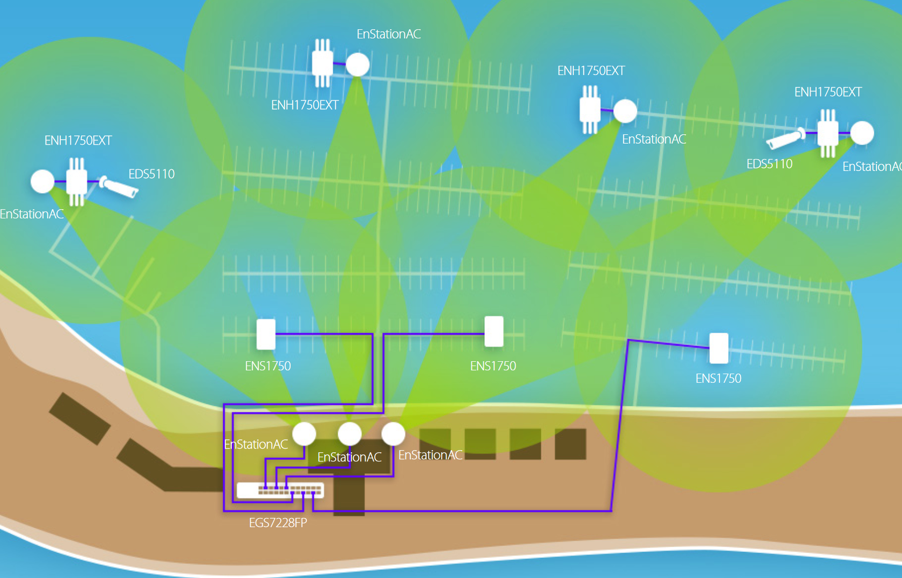
Fortunately, there are many devices that can boost the signal you receive to keep the crew informed and happy. You’ll be able to work in more areas of the boat with a stronger connection.
The most basic devices will supply a single user, while more sophisticated versions can provide access for a whole boatload. Prices range from about $150 to $950, a small price to pay for multiplying your Wi-Fi connectivity range several times in coastal and inland areas. Installation is quick and easy in most cases, not a problem for the do-it-yourselfer.
Things to look for are the manufacturer’s claims of range, which might be optimistic but at least give you a ballpark of what you can expect and the warranty. While these devices are relatively trouble-free compared to mechanical equipment, a two-year warranty or more means you don’t have to worry about staying connected, probably for much longer.
Here’s a Look at Several that Might Work for Your Boat

Wave WiFi’s Rogue Reach Dual-Band (DB) extender features a female threaded base that will fit most standard antenna mounts. This unit is easy to install and is enclosed for total weather protection. It has up to 125 Mb aggregate throughput and a 600Mhz processor with 500 mW of output. The Rogue Reach DB is an Ethernet Converter so a direct connection can be made to any WAN Ethernet enabled device, router or switch. When connected to a wireless router, it provides internet connectivity for numerous wireless devices. The system comes with a user friendly browser-based interface. There is no software installation. It includes a 24-volt converter as well as a cigarette-lighter-style plug. List is about $760.

Redport Halo The RedPort Halo system works with RedPort XGate and other leading data acceleration apps. The company says you can access email 20 times faster and browse the web 3-5 times faster on average than with uncompressed usage. The system works over any standard internet connection. Optimizer takes the Wi-Fi connection from up to 7 miles (11.3 km) away in perfect conditions, according to the company and rebroadcasts it around the boat. It can function as a local hub for multiple devices with a range of up to 165’ (50 meters). Prices start at about $470.

The Ubiquiti Bullet airMAX is a robust and weatherproof, low-loss booster with a Type-N connector designed to be directly attached to a suitable external antenna to create a robust outdoor access point. It connects to a PC or router via an Ethernet cable, which also provides the necessary power. Both 2.4GHz (M2) and 5.0GHz (M5) versions are supplied with Ubiquiti AirOS software, which features a signal strength meter for accurate antenna alignment. Price is about $130.

The Digital Yacht WL510 Wi-Fi Access System has a compact, DC powered below deck mounted 600mW booster/modem and external, hi-gain 12dBm antenna with 66’ (20m) low loss LMR400 coax interconnect cable. The antenna measures 2.95’ (0.9m)) and can be supplied with deck, mast and industry standard 1” (2.54 cm) x 14TPI mountings. The included WL510 modem connects to an on board PC through a regular RJ45 CAT5 network cable for driver-free installation. It’s compatible with Windows, Mac and LINUX operating systems, and the company says range is up to 5 miles (8 km) in ideal conditions. Price is about $920.

Cell Phone Boosters and Combination Devices

Cell-phone boosters amplify incoming signals from ashore and boost outgoing signals from your cell phone to transmit back to towers ashore. This works as well for data transmission via a hotspot as for voice transmission.
If you cruise, you might want to add a secondary carrier to your setup to help reduce “dead zones.” While mobile coverage is becoming better and better, there aren’t any mobile service providers that have complete coverage across the entire country. By utilizing two major providers, you will be increasing the chances that one of your hotspots will have coverage in remote areas. It’s more expensive, but not nearly as expensive as satellite systems and their required data packages.
If you cruise outside the U.S., you'll need to swap out your SIM card for a local provider. If you plan to use your cell phone's internal hotspot feature (also known as Wi-Fi tethering), consider a cell phone with dual sim-card capability to allow you to add a second line and utilize multiple providers.

Verizon, AT&T, T-Mobile and others have hotspot plans available at quick 4G and 5G speeds. These provide high-quality streaming, but it can also be easy to drain your data limit quickly. If you have “unlimited” data package, you may want to check with the provider to see what this actually means — you may find that some slow down the feed if you exceed certain limits monthly.
Boosters amplify any available signal so long as they can “see” the source, so they work best when mounted high — on top of a T-top or flying bridge overhead, or even in a tuna tower. Avoid putting your antenna where it will be shielded by the cabin or superstructure and you should find your cellular hotspot service much improved when you add any good booster.
Many of the latest cell phone boosters include Wi-Fi boosters as well. These switch seamlessly to Wi-Fi connection when you get within range of a good signal, saving you cellular data charges without any input on your part.
Wi-Fi Boosters

Shakespeare’s SuperHALO® Wireless Booster package is a marine-grade 5G, 4G, and 3G voice and data cellular reception solution optimized to boost cellular reception with support of 7+ users simultaneously and an indoor antenna to direct the signal where you need it. The five-band amplifier works with all AT&T, T-Mobile, and Verizon 5G, 4G and 3G bands in the US and other major Canadian networks, according to the company.

The Marine WeBoost package boosts 5G, 4G LTE, and 3G cell signals for multiple users on all carriers, including Verizon, AT&T, T-Mobile, US Cellular, and more, according to the company. It’s supplied with a marine-grade exterior antenna with 20 feet (6 m) of RG58 coax cable. Low-loss 400 coax is also available for runs up to 75’ (22.9 m) runs. Units like this are designed to boost access within 5’ (1.5 m), perhaps around the helm, rather than covering the whole boat. Price is about $600.
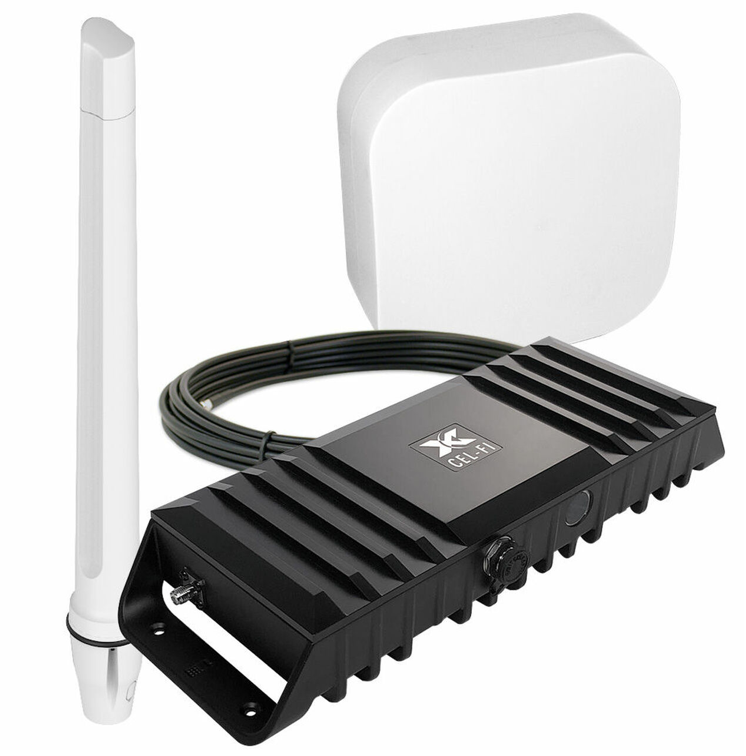
The Coastal Cruising Marine Cel-Fi GO G32 improves signal for multiple phones aboard so long as all are using the same carrier. It provides gain of up to 100 dB in stationary mode and up to 65 dB in mobile mode; switch modes with the Cel-Fi WAVE app for smartphones. It Includes both 120-volt AC and 12-volt DC power supplies, and antenna cable to 30’ (9.1 m) long. The system provides access to multiple users from bow to stern in most recreational boats, according to the company. Package price is about $1,230.
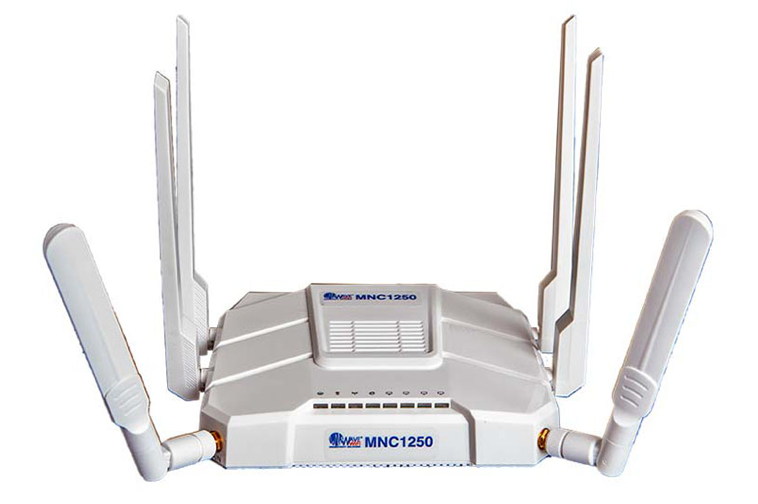
Wave WiFi: The MNC-1250 is a Dual-band 2.4/5Ghz wireless network controller with a built-in SIM slot to access cellular data sources, dual internal access points, gigabyte ports, multi-source failover functionality (which means it can handle wifi, satellite and cellular hotspot input). It has features to manage accessibility and cap data to prevent unexpectedly high bills. The SIM slot is designed to be universal and works with most SIM cards used throughout the world allowing users the ability to connect to a variety of cellular networks. This is a Florida company, offering 1 year warranty on all products. List is around $1,500.
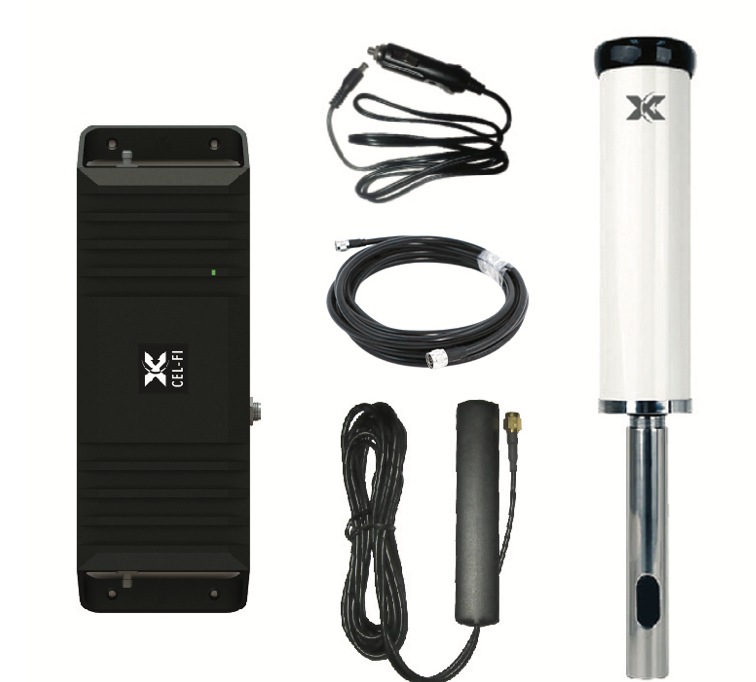
www.cel-fi.com. With up to 100 db gain in mobile mode, the Cel-Fi GO G32 is one of the most powerful boosters available. It’s NEMA 4 rated and will withstand harsh conditions including dust, freezing and water exposure, according to the company. Coupled with the Cel-Fi Marine Antenna it offers multi-user and multi-carrier support, plus easy carrier-switching available through the Cel-Fi WAVE app. Package price is about $1,100.
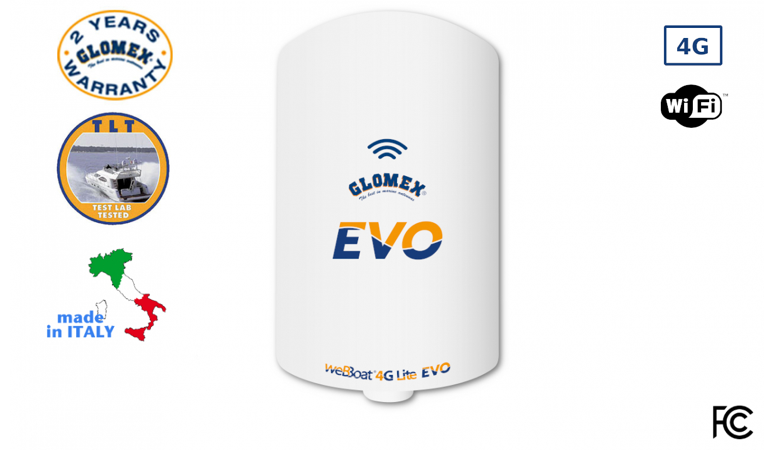
The Glomex Webboat 4G Lite provides high-speed connections up to 15 miles (24.14 km) off the coast. The kit comprises a Wi-Fi antenna, two high-gain 3/4G antennae, a single internal SIM card slot and a super-fast combi 3/4G and Wi-Fi router that creates an onboard hotspot for up to 24 devices to be used. The system saves money by switching seamlessly to free wifi when available. It’s a plug-and-play requiring only one power lead, and all functions are controlled by a free smartphone app which works on both Android and iOs devices. Price is about $620.
In Part 2, we’ll look at portable broad band global network (BGAN) packages, which offer a much longer range solution to internet connectivity, but at a considerably greater cost.